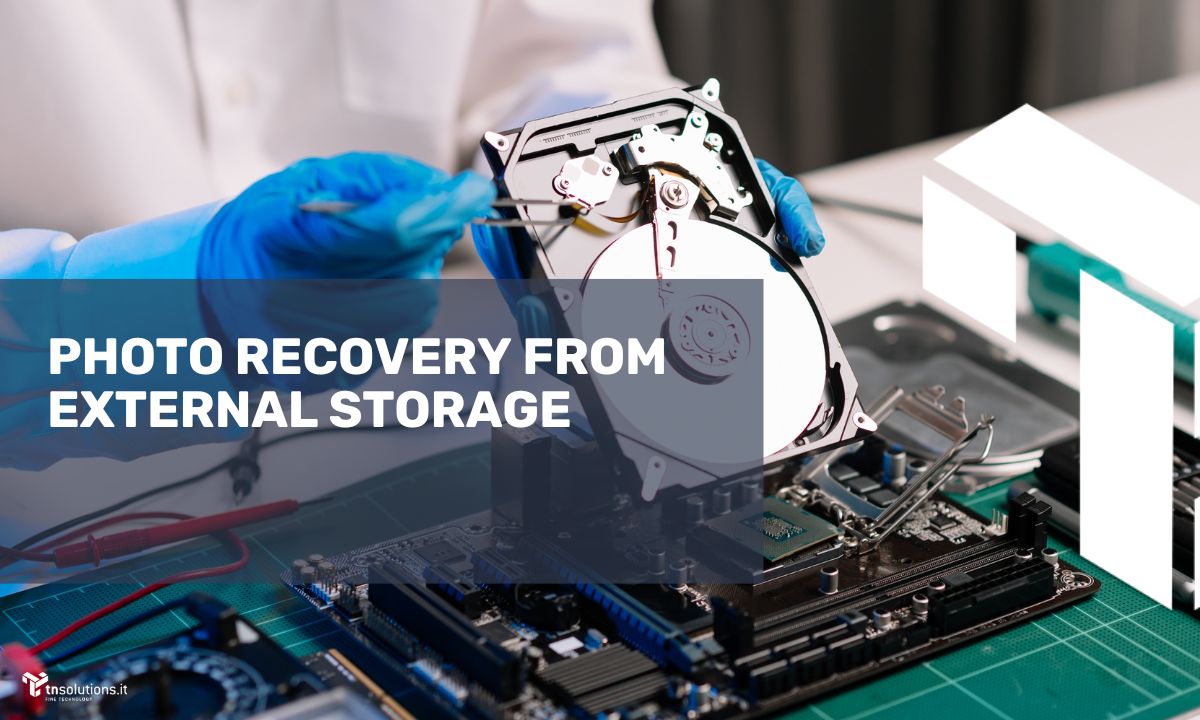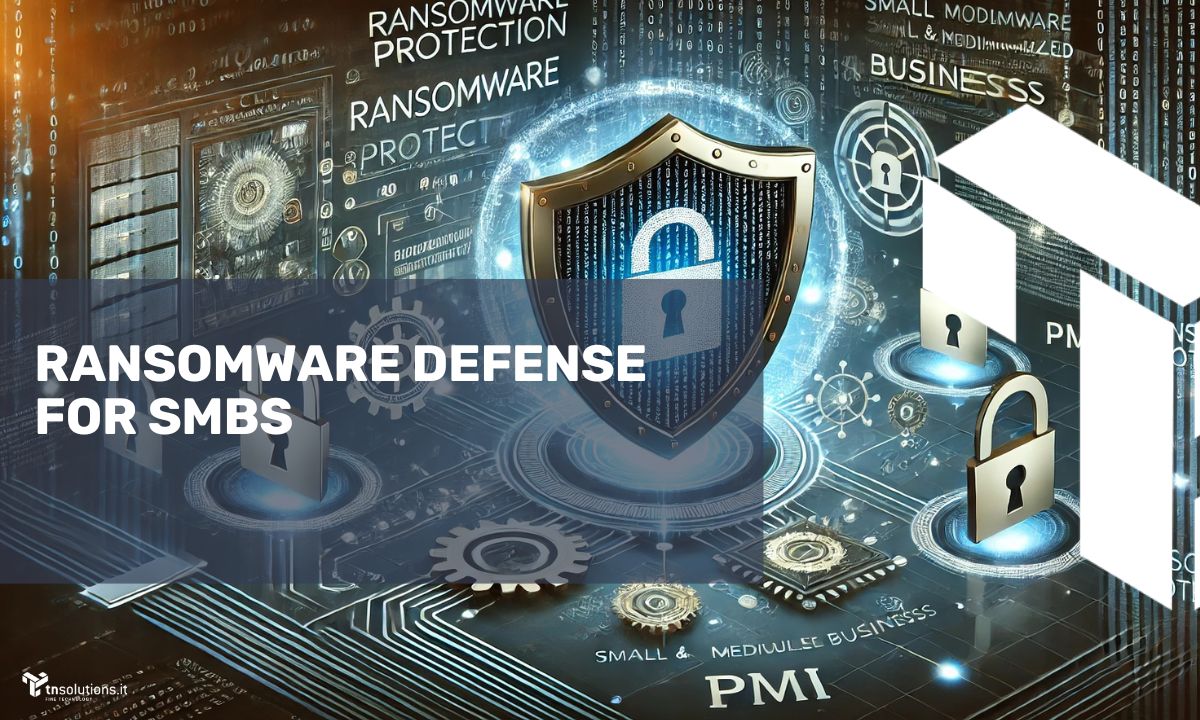
Our digital lives are filled with images—from joyful moments with friends and family to epic adventures in distant lands. Photos are cherished witnesses of our best memories, which makes it especially devastating when they are lost or damaged, especially on external storage like SD cards, USB drives, or external hard disks. Fortunately, with the right tools and knowledge, you can recover these precious photos and preserve your memories.

Understanding Causes of Data Loss
Before beginning the recovery process, it’s essential to understand the common causes of data loss from external storage. Photos can be lost due to human error, such as accidental deletion or incorrect formatting of the drive. Additionally, technical issues like physical damage to the drive, system errors, or viruses can also lead to data loss.
Choosing the Right Data Recovery Software
Once you understand the cause of photo loss, it’s crucial to select the data recovery software best suited to your needs. Choose a reputable and reliable software capable of recovering a wide range of file types, including images in multiple formats. Here are three popular options:
- EaseUS Data Recovery Wizard
Known for reliability and ease of use, EaseUS Data Recovery Wizard offers a comprehensive range of data recovery features, including the ability to recover images in various formats. Its intuitive interface guides users through the recovery process, making it suitable for both beginners and advanced users. - Disk Drill
Disk Drill is another popular choice, offering a wide range of recovery tools, including support for common image formats. Disk Drill stands out for its ability to recover data from multiple storage devices, including SD cards, USB drives, and external hard disks. It also offers a quick scan mode for recent deletions. - Recuva
Recuva is a lightweight yet powerful software focused on effectively recovering lost or damaged files. Its straightforward interface makes it easy to navigate through the recovery process, quickly locating the desired images and other files. Recuva supports a wide range of storage devices, making it a versatile choice for users with different recovery needs.
Connecting and Analyzing the External Drive
After choosing the software, it’s time to connect the external drive to your computer and start the analysis process for photo recovery. Ensure your computer recognizes the external storage, then launch the data recovery software. During the scan, the software will carefully analyze the drive to detect and recover lost or damaged files.
Reviewing Results and Selecting Photos to Recover
Once the analysis is complete, the data recovery software will display a list of recoverable files, including your valuable images. Carefully review the results and select the photos you wish to recover. Most software options allow you to preview recoverable images, so you can assess their quality and integrity before recovery.
Starting the Recovery Process
After selecting the photos to recover, initiate the recovery process. Choose a safe location on your computer or another external storage device to save the recovered files. Avoid overwriting existing data during recovery, as this could further compromise your files.
Taking Preventive Measures for Future Protection
After completing the recovery, adopt preventive measures to avoid future data loss. Regularly back up your photos on multiple devices and external storage to ensure their safety. Additionally, handle your external drives with care, and avoid exposing them to extreme temperatures or physical shocks to reduce the risk of damage.
Conclusion
Recovering valuable photos from damaged or formatted external storage can seem daunting, but with the right tools and knowledge, you can safeguard your precious memories. Follow the steps outlined above and use reliable data recovery software to maximize your chances of success. Always remember to take preventive measures to protect your data in the future, so you can enjoy your memories worry-free.




